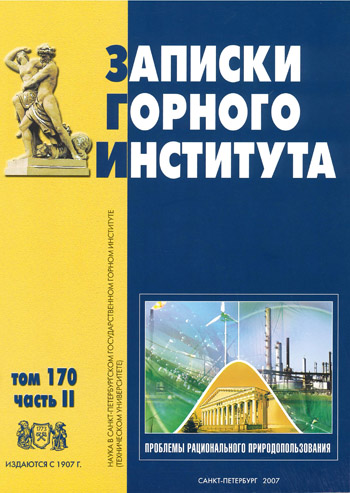Reservoir simulation study of PWF (patern water flood) in m Field In Indonesia
- Norway Norwegian University of Science and Technology
Abstract
Reservoir modeling is considered the most important predictive tool available to the reservoir engineer because it considers much more geologic and reservoir data than any other predictive method. Consequently, reservoir simulation has higher data requirements than other methods. The basic elements of any reservoir simulation study are defining study objectives, collecting and analyzing data, building a reservoir simulation model, historical reconciliation of the simulation model, performing predictive examples, and preparing a report. Based on the results of simulation study, data analysis and interpretation in the MF field in Indonesia, it was found that under certain assumption, the historical fit is quite close to the real conditions. A vertical production well with a water injector yields higher oil production, slower pressure drop and about the same oil recovery factor. A horizontal production well gives higher oil recovery and higher efficiency compared to a vertical production well, as well as to the feasibility study.
